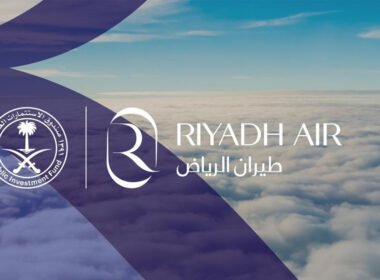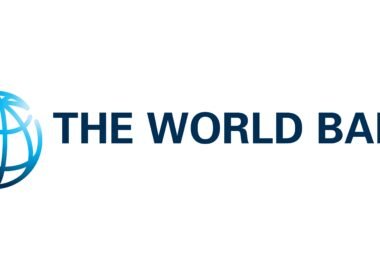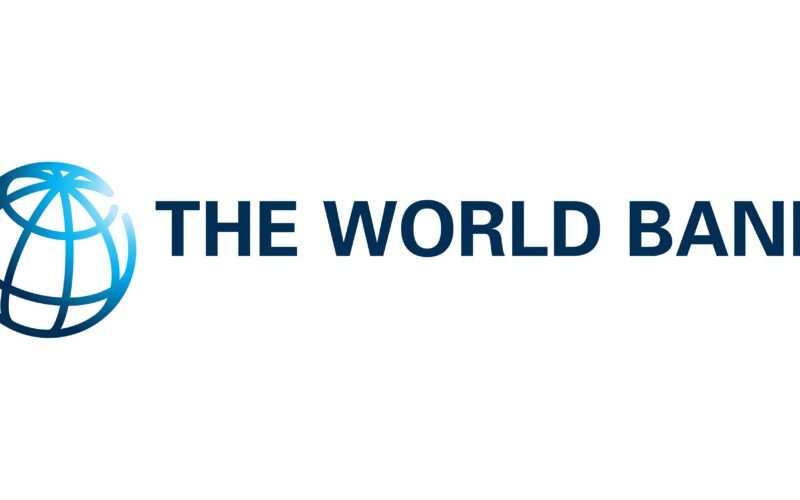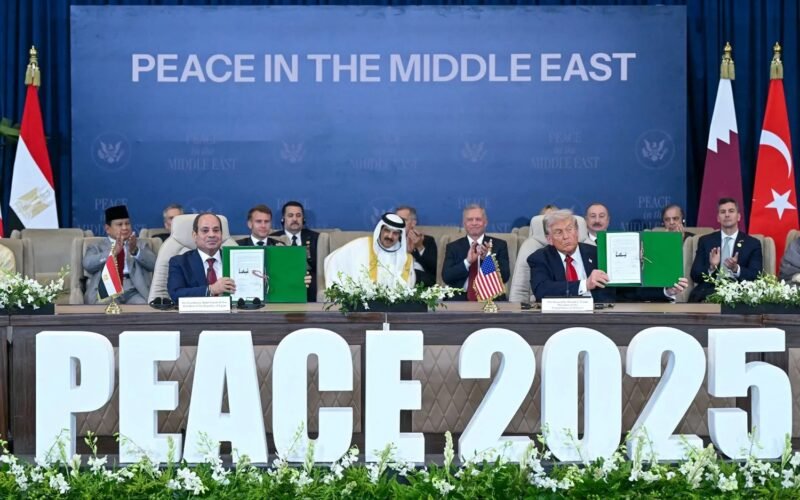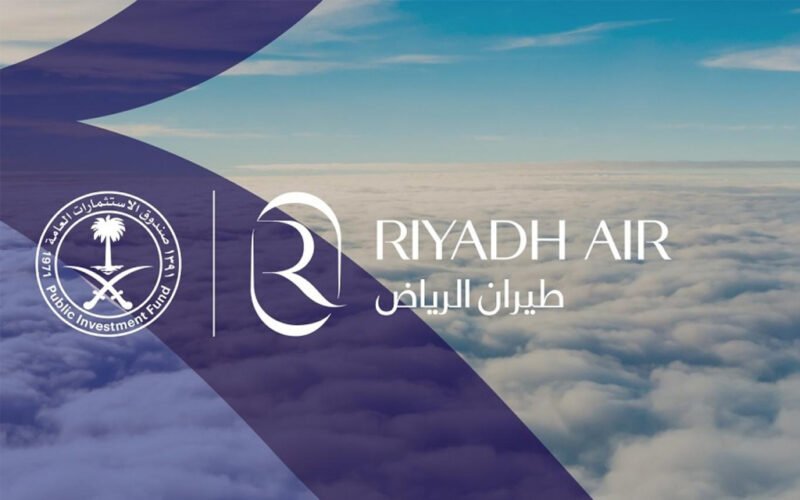The World Bank has upgraded its economic growth forecast for the Middle East and North Africa region for 2025, pointing to a cautious recovery driven by Gulf oil exporters and resilient private consumption. Despite this improved outlook, the region continues to navigate significant headwinds from geopolitical conflicts and structural challenges.
An Upward Revision in Forecasts
The combined GDP for the Middle East, North Africa, Afghanistan, and Pakistan (MENAAP) is now projected to grow by 2.8% in 2025, a slight increase from the 2.6% forecast earlier. This revision is largely fueled by a faster-than-expected economic expansion in the Gulf Cooperation Council (GCC) countries.
The key drivers include the accelerated rollback of OPEC+ (Organization of the Petroleum Exporting Countries) oil production cuts, which are boosting the hydrocarbon sector. Simultaneously, non-oil industries are showing promising growth, contributing to a more diversified economic landscape.
Dual Engines of Growth, Oil Exporters and Importers
The recovery is being led by two parallel trends. Oil-exporting economies, particularly in the GCC, are benefiting from increased oil output and continued investments in sectors like tourism, finance, and technology.
Meanwhile, oil-importing countries in the region are also experiencing growth, supported by robust private consumption, a rebound in agriculture due to favorable weather, and a sustained revival of tourism. The easing of inflation has further bolstered consumer spending power, creating a more broad-based economic uptick.
Persistent Challenges and Country-Specific Strains
Despite the positive momentum, the report highlights stark contrasts and persistent risks. Iran’s economy is forecast to contract by 1.7% in 2025 and a further 2.8% in 2026, reflecting the impact of tightened sanctions and conflict-related disruptions. Other developing oil exporters are also facing slowdowns due to instability.
The World Bank identifies ongoing geopolitical tensions and climate-related shocks, such as extreme weather affecting agriculture, as significant vulnerabilities that could derail progress. Structural issues like regulatory hurdles and limited access to finance for small businesses also continue to constrain more robust growth.
The Critical Role of the Private Sector
The World Bank’s recent economic update, “Shifting Gears,” emphasizes that the private sector is the essential engine for unlocking the region’s long-term potential. For growth to be sustainable and inclusive, extensive reforms are needed.
According to Ousmane Dione, World Bank Vice President for the Middle East and North Africa, “Realizing the potential of the region will depend on navigating risks and advancing much-needed reforms.” These reforms must focus on improving the business climate, strengthening institutions, and investing in human capital through education and digital infrastructure to future-proof the economies against global trends.

